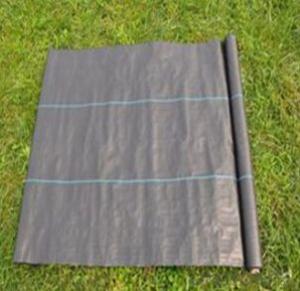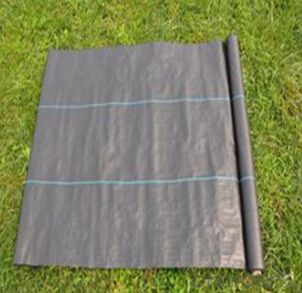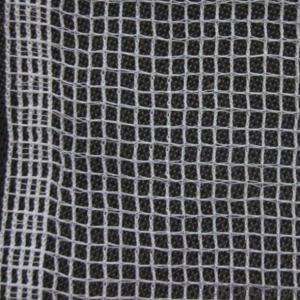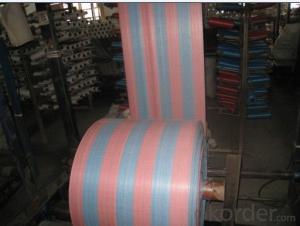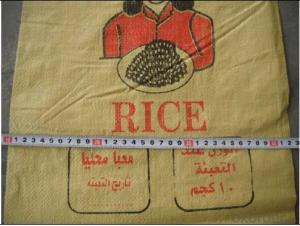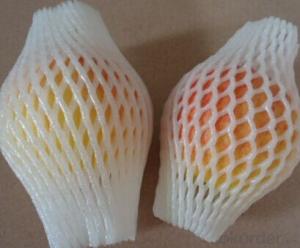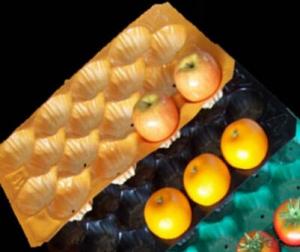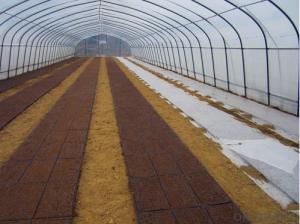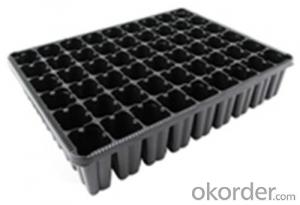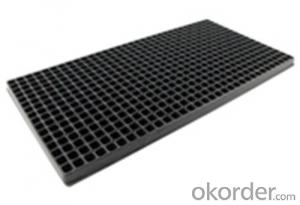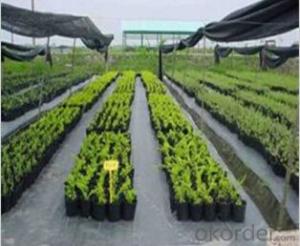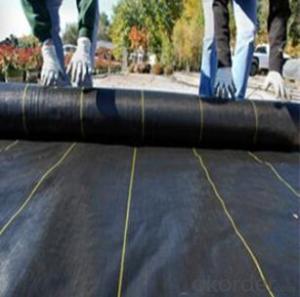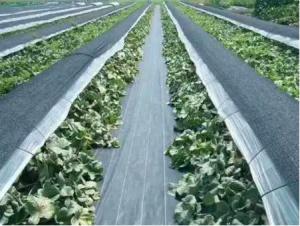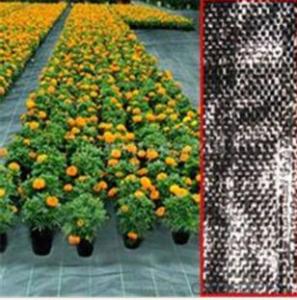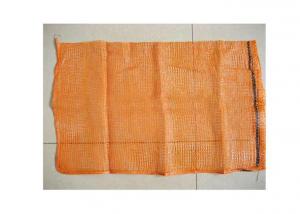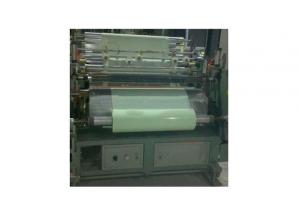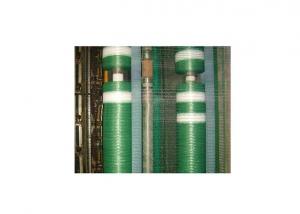weed mat ground cover for agriculture 200g
- Loading Port:
- China Main Port
- Payment Terms:
- TT OR LC
- Min Order Qty:
- -
- Supply Capability:
- -
OKorder Service Pledge
OKorder Financial Service
You Might Also Like
Name: PP woven fabric for weed control and water savings
Feature:
Material: PP, virgin material or recycled material
Unit weight: 140g, 175g, 180g, 200g, 230g, 260g, 300g, 350g, 420g, 480g, 670g
Width: 50cm-600cm
Length: As per ur request
Color: Black with green/white grid
Tearing strength: From 0.5 to 2.2kN
Mesh: 10*10, 12*12, 14*14
UV stabilized: Up to your request
Function:
1. Cover crops in the ground surface
2. Can prevent weeds
3. Controlling soil humidity and the temperature
4. Against the insect
5. Does not affect the growth of the crops
6. Long service life
1.What is your main products ?
Our main products are made from PE ,PP etc and could be used for agriculture and construction ,etc .
2.What is your payment term ?
We could accept TT ,LC.
3.What is your delivery time ?
The delivery time is around 30days per container, sometimes we have stocks .
- Q: Are agricultural plastic products resistant to heat?
- Yes, agricultural plastic products are generally designed to be resistant to heat, as they are exposed to high temperatures in various agricultural applications such as greenhouse coverings, mulch films, and irrigation pipes. These plastic products are typically made from materials that can withstand prolonged exposure to heat without deforming or melting.
- Q: How does plastic pond liner assist in aquaculture management?
- Plastic pond liners play a crucial role in aquaculture management by providing a reliable and efficient containment system for fish and other aquatic organisms. These liners create a watertight barrier that prevents the seepage of water into the soil, ensuring better control over water quality and quantity. By preventing the loss of water, plastic pond liners help maintain the desired water level, making it easier to manage and optimize the conditions for aquaculture. Additionally, these liners also facilitate the removal of waste and sediment, improving the overall cleanliness and hygiene of the pond.
- Q: I want to create mostly hollow sculptures. I figure I want to make them out of plastic and store things inside. Eventually I'm thinking fairly complex/artistic sculptures. How do I go about making a plastic sculpture? Are there any good tutorials out there?
- Mold is a tool of producing the plastic products. It consists of several groups of components parts, this combination including mold cavity. When injection molding, mold will be put on the injection molding machine, Molten plastic is injected into the mold cavity, And cooling setting in the cavity, Then separate the upper and lower mold. Then through the ejection system,to let the goods out from the cavity. Then the last thing is closing the mold and for the next injection. The Entire injection molding process is carried out cycle.
- Q: Is it ok for cats to chew on (and swallow) parts of plastic bags?
- No, not a good idea. They would have a terrible time digesting that! I would get some toys intended for cats, and keep all plastic bags away.
- Q: Can nursery trays be used for cloning?
- Yes, nursery trays can be used for cloning. Nursery trays provide a suitable environment for cloning plants as they allow for proper drainage, air circulation, and ample space for multiple clones.
- Q: What are some ground cover options for wet, boggy areas?
- Some ground cover options for wet, boggy areas include marsh marigold, ferns, sedges, and mosses. These plants are adapted to thrive in moist conditions and can help stabilize the soil while adding beauty to the area.
- Q: Is it possible to reuse agricultural plastic materials for personal projects?
- <p>Yes, you can use recycled agricultural plastic materials in your own projects. Repurposing these materials can be both environmentally friendly and cost-effective. However, it's important to ensure that the plastic is clean and free from contaminants that could be harmful or unsuitable for your intended use. Depending on the project, you may need to cut, shape, or join the plastic pieces. Always consider the strength and durability of the recycled material, and whether it's suitable for the specific application you have in mind.</p>
- Q: What are some ground cover options for a xeriscape courtyard?
- Some ground cover options for a xeriscape courtyard include drought-tolerant plants such as creeping thyme, sedum, ice plant, or ornamental grasses. These options can provide an attractive and low-maintenance solution while conserving water.
- Q: What are the different types of covers used in high tunnels?
- The different types of covers used in high tunnels include plastic film, woven polyethylene, polycarbonate panels, and shade cloths.
- Q: Are nursery trays suitable for starting plant plugs?
- Yes, nursery trays are suitable for starting plant plugs. They provide a controlled environment for the plants to grow, with individual cells or compartments that allow for proper root development and easy transplantation. The trays also help in organizing and efficiently utilizing space while providing the necessary drainage and aeration for healthy plant growth.
Send your message to us
weed mat ground cover for agriculture 200g
- Loading Port:
- China Main Port
- Payment Terms:
- TT OR LC
- Min Order Qty:
- -
- Supply Capability:
- -
OKorder Service Pledge
OKorder Financial Service
Similar products
Hot products
Hot Searches
Related keywords
